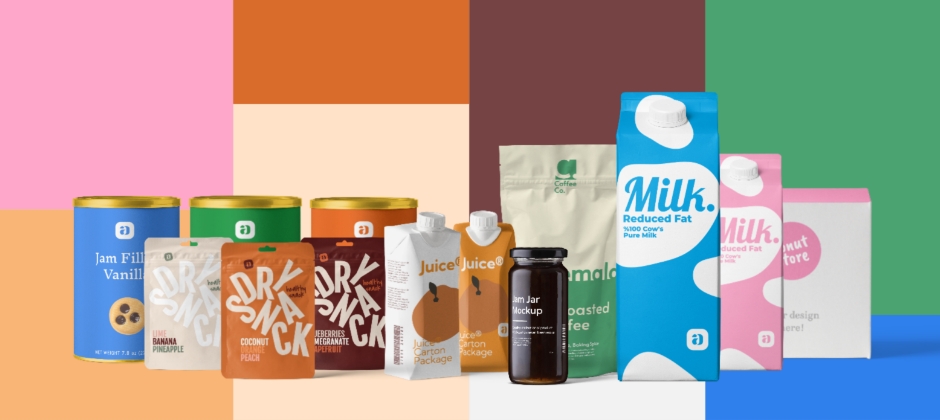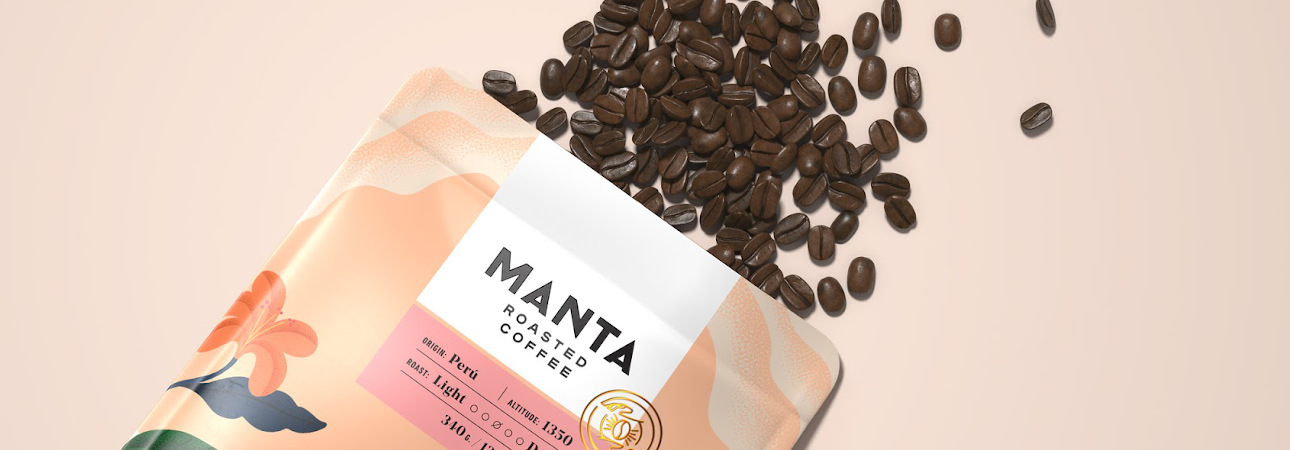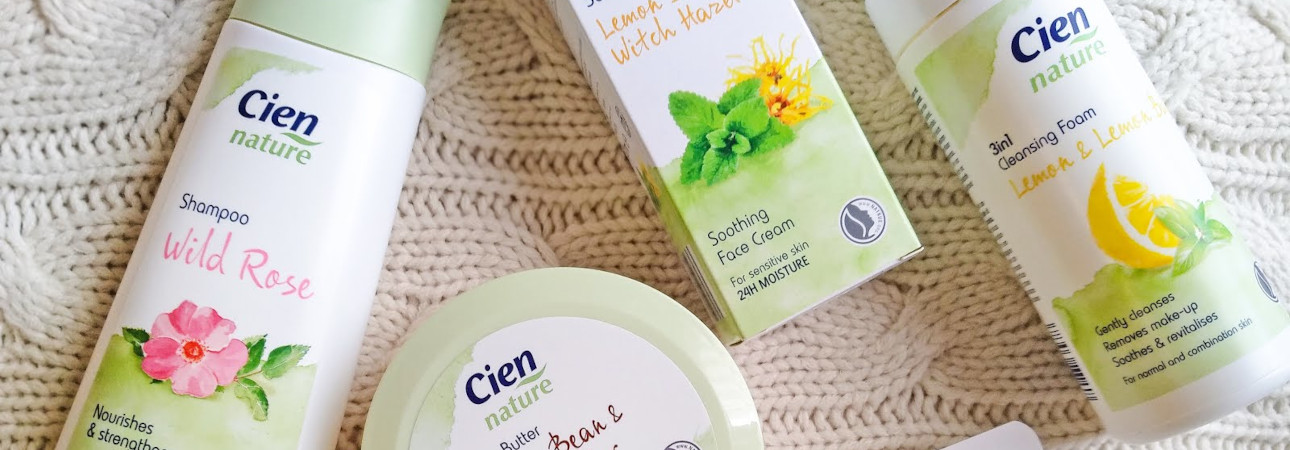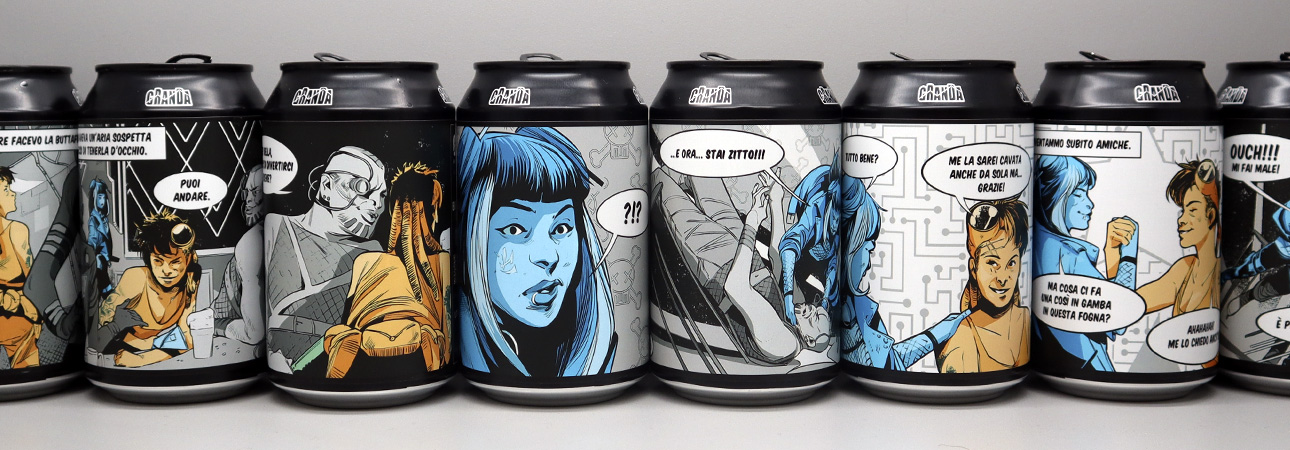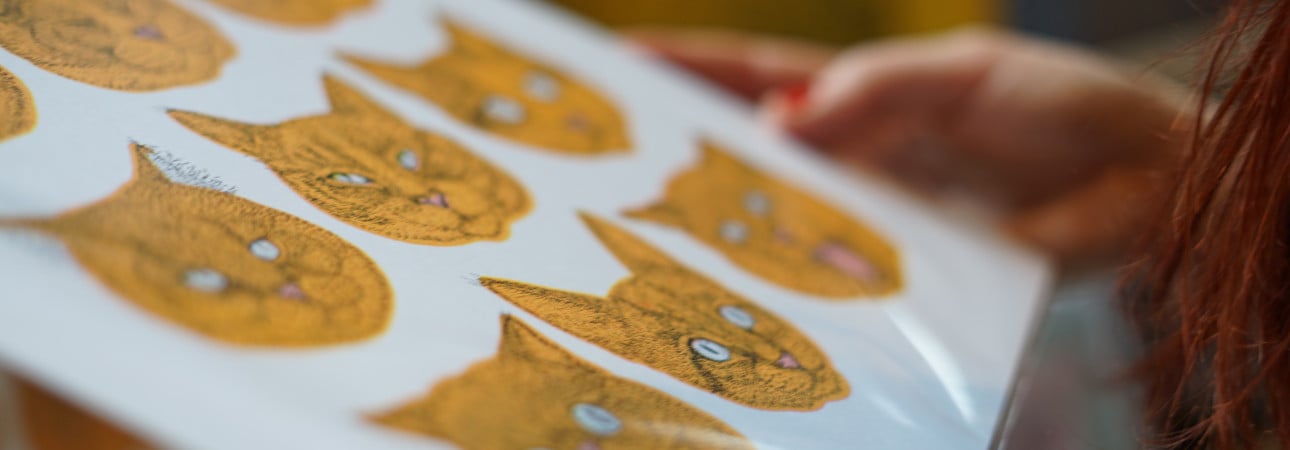Did you like the article? Share it!
Wine Labels: how to create a strong brand
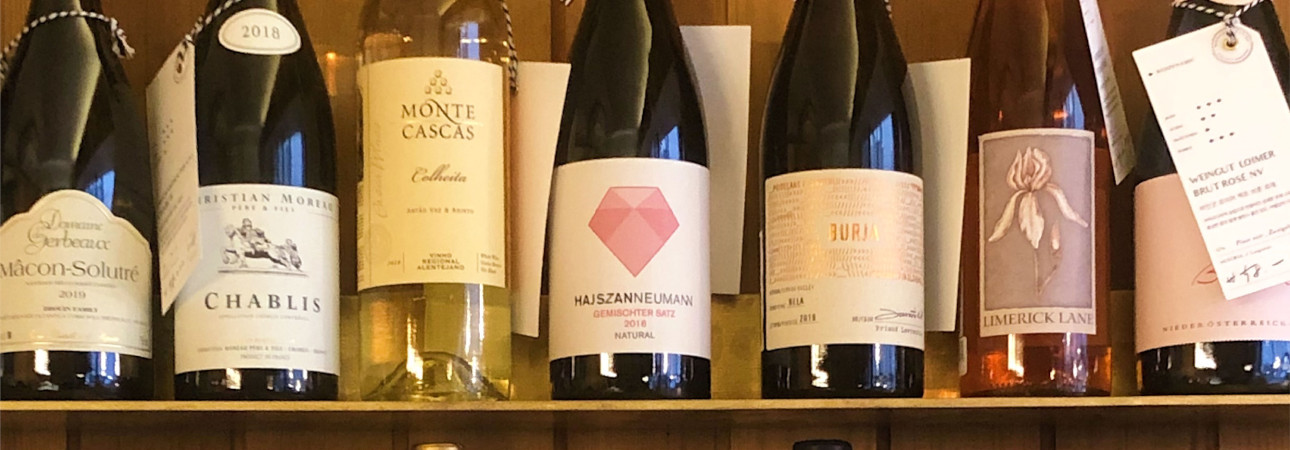
Competition has become the norm, online and offline, for all producers of products (even niche ones!), And wine is precisely that product that, despite the competition, if positioned in the right way, can make a company emerge.
Always aim high when it comes to creating your own brand and personalizing your wine label and look. Today let's see together what are the advice of graphic designers and marketing experts who have analyzed the wine market!
Is it a known or new brand?
The first question that needs to be asked is if your wine brand already exists and you would like to improve its perception (or modernize it) or if your wine is new and therefore you can start from a blank canvas.
Known Brand
Your wine label is already on your customers' tables, but why not try to join others? Certainly word of mouth has led to increase your customers over the years, but seeing how the world is changing, the step to take if you are a brand already known is to try to promote yourself effectively with a rebranding on the web.
Your wine labels must work together with both a physical rebranding operation of the label (which must appear clearly visible in the photos that you will put online) and at the website and photography level. It is advisable to be followed by graphic designers and marketing agencies expert in the world of wine and to avoid completely changing course during the rebranding, that is to make the wine brand, already known, unrecognizable!
If you have several wine labels and they are all different (a high label with a black background, a low one with a white background) it is advisable during the rebranding to create something similar between your various wine labels. Following a line is important so that customers can recognize you from a distance on the shelves and at first glance when they scroll through the web pages where you are going to place yourself.
New Brand
The positive side of creating a new wine label brand is that you can give free rein to your imagination, while the negative side is that with all the possible choices and variations you could get confused.
It is worth doing an analysis of the market in which you want to position yourself: is you wine an high level one or an easy and accessible product? Before spending money on marketing research, it is advisable to do a research of wines and wineries similar to yours and how they propose themselves on the market. Which of these companies express a concept and an image that communicates the product well? Take a cue (do not copy!) And keep aside images and pictures to propose to the graphic designer expert, they will be the starting point for him!
Remember that nowadays the label should never be taken alone, but always combined with the photos you will have to take for your ecommerce!
If you have different types of wines, the advice I give to all brands, old and new, is to try to keep a certain line for all wine labels. This is because customers must be able to recognize your wine both on a web page and on the shelves of a shop or restaurant.
If the concept behind your Rosé Wine is the same as that behind Red one, you will have an easier life, customers will recognize you from a distance and at first sight!
To create an effective wine label brand (together with your website) it is advisable to search for a single element that makes your cellar unique. Do you have a unique Terroir? A breathtaking view from your hill? Any dinosaur skeletons discovered under your vines? Try to study together with the graphic designer how to propose this type of elements to the customer!
Communicating with paper and finishings
Your wine labels, to express the brand effectively, will need a suitable type of paper and special processes.
Natural and porous papers such as laid, embossed and cotton papers will give your wine a natural and refined touch. All these types of papers exist in anti-pulp and refrigerator and humidity resistant variants, or in a barrier version in polythene to allow your sparkling wine labels to resist the bucket!
To attract the eye, you need to add some extra finishings to your wine labels. Hot foils with warm colors (matte gold, ducal gold and copper) are perfect for a heraldic crest, be careful not to put shiny foils for the brand name as they may reflect and make your label difficult to read! The thick glossy screen printing is suitable for highlighting logos and wine names but also details of any illustrations!
You can also indulge yourself with debossing (it is advisable to do it on natural papers often such as cotton papers) and micro-engravings. The help of a talented graphic designer expert in the wine label sector will allow you to choose the most suitable finishings.
While studying your wine label brand, you need to try to find complexity, but not to complicate your life! By following these tips you will have a good starting point to be able to create a winning brand in the world of wine!
Next

